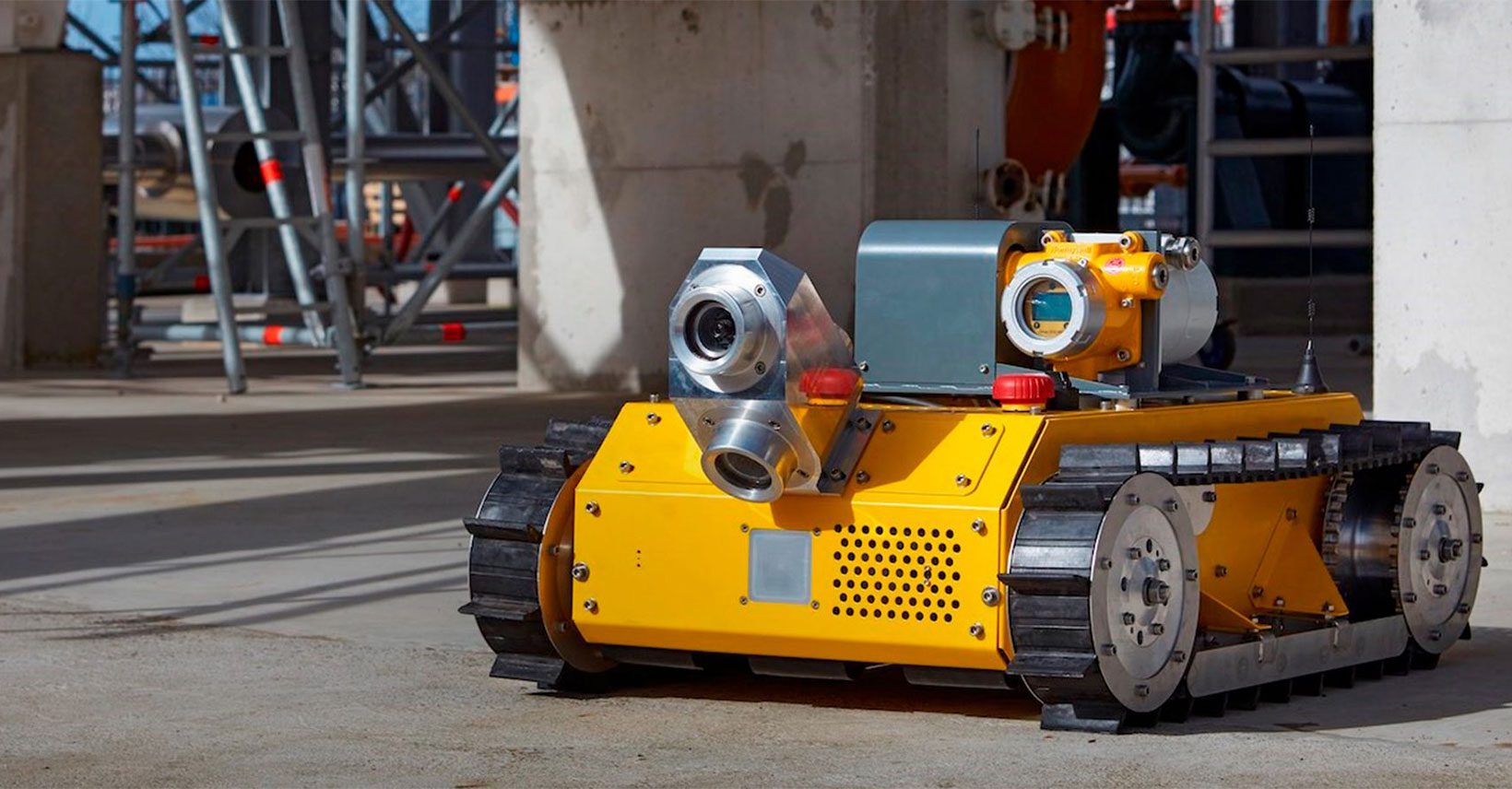Are Robots the New Norm for Oil & Gas Safety Inspections?

No-one will deny that the oil and gas industry is slow to embrace change. This is, perhaps, understandable in a field where mistakes don’t simply cost money, but potentially lives as well – not to mention the impact on the planet should a catastrophic disaster occur. It would certainly go some way to explaining why the industry has been reluctant to take full advantage of the latest technology, in particular, that of robots.
However, over the past decade, and the last few years in particular, robotic technology has advanced dramatically. Today there are multiple proven automated options that not only speed up the process of maintenance and safety inspection of assets, but actively reduces the level of risk posed by the equivalent human inspection.
Overcoming Inspection Challenges
The industry presents many challenges when it comes to safety inspections, including:
- Remote locations
- Hazardous locations
- Non-oxygen or toxic atmospheres
- Confined spaces
- Explosion risk
Historically, inspections have a huge impact on production. To be safely carried out they require long periods of downtime, the erection of scaffolding, emptying of containers, the need for highly specialised personnel and all the associated costs these involve.
Automated and robotic solutions remove much of this. They also do away with the inevitable aspect of human error, something that, up until now, has been a major factor during any inspection task.
Utilising the Latest Technology
The rollout of the 5G network across the globe has been hugely advantageous for robotic inspections. One of the first appliances to take advantage of this was the ExRobotics ExR-1 when it was deployed at Shell Pernis in the Rotterdam port area (Netherlands) for a gas leak safety inspection. This Ex-certified robot test was carried out back in 2018, and the use of the 5G network allowed enhanced control of the robot, as well as more advanced capabilities and accuracy. Since this first test the use of the ExR-1 has been rolled out in multiple locations around the globe.
The age of the robot certainly doesn’t end there. Drones, UAVs (Unmanned Ariel Vehicles), crawlers, climbing robots and programmable vertical drop inspection cameras are all examples of automated technology that’s being used worldwide to enhance the safety inspection process.
Innovation is the key to overcoming challenges. LEDs mounted on robots deal with the absence of adequate illumination; fully controllable cameras allow for inspection of assets from virtually any angle; ultrasonic sensors are found on many robots for crack detection. It’s also possible to mount eddy current and magnetic sensors as well, effectively providing a whole range of remote inspection possibilities.
Pipelines are also well served by a variety of inspection robots. To address this, a variety of locomotive methods have been designed. These include:
- Wheeled robots
- Those on tracks
- Crawlers
- Legged robotics
- Pig (propelled through a pipeline by the flow of oil or gas)
When it comes to UAVs, one of the most advanced options available today is the Elios, developed by Flyability. This collision-tolerant drone has already advanced from the first edition, with the Elios 2 a dramatically improved version of the first iteration.
These are just a few examples of how the use of robots for safety inspections is moving into the mainstream. As more operations take advantage, those who fail to embrace the technology will find themselves at a distinct disadvantage to their competitors. Robots mean less downtime, higher levels of safety and more accurate inspection results. Combining this with further advancing technology, such as LiDAR and 3D Mapping, can truly provide the upper hand over competitors.
As technology continues to advance and robotic inspection tools do the same, such advantages are only set to increase. The importance of partnering with an equipment provider that not only offers such equipment but is aware of the latest proven options, is crucial.
Leading provider, Nexxis, is at the forefront of robotic technology. Run by an expert team with intimate industry knowledge and a desire to embrace the latest tech, Nexxis has shaken up the market with a unique method of equipment supply. A flexible approach allows the dynamic needs of a particular operation to be properly addressed.
Discover more about our full range of robotic inspection equipment or contact us today for a no-obligation chat.
